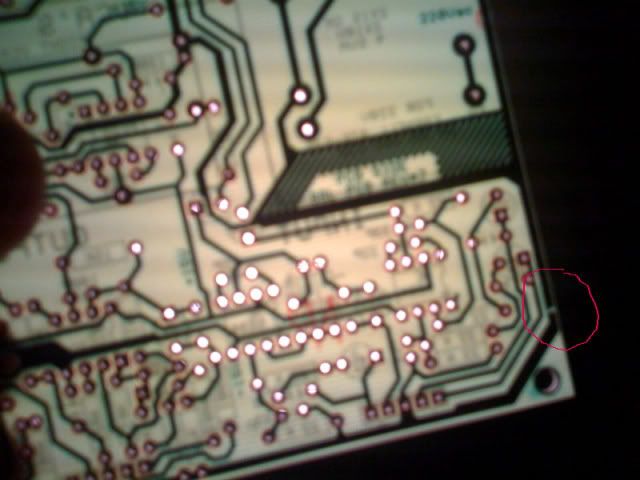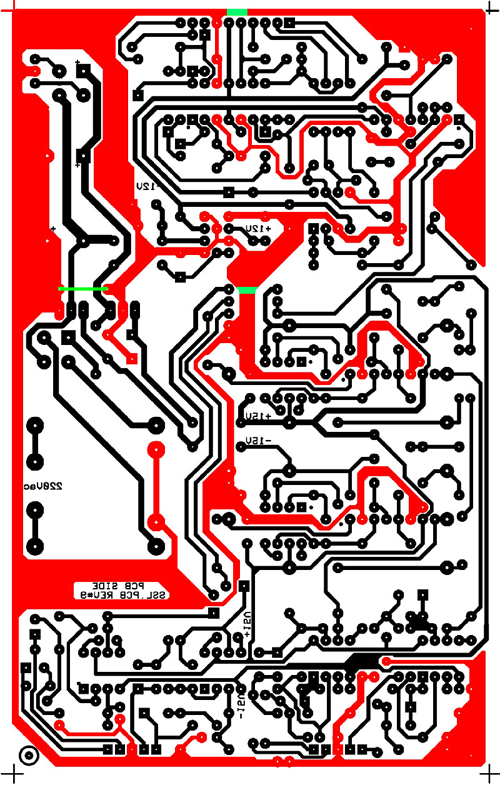keefaz
Well-known member
Sorry, I will try to think better next time 
(I am out of ideas for your wrong voltages on transformer secondaries)
Hope you will get it solved soon, good luck!
(I am out of ideas for your wrong voltages on transformer secondaries)
Hope you will get it solved soon, good luck!



































